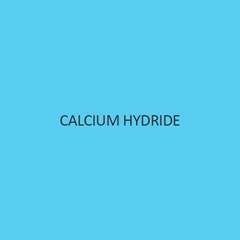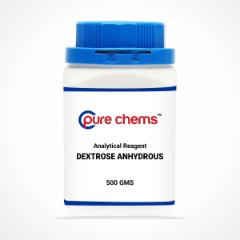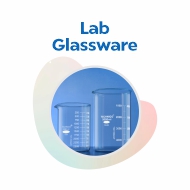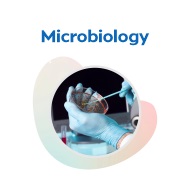Copper sulphate AR | CAS No.: 7758-99-8
( Inclusive Of all Tax)
Copper Sulphate AR, also known as cupric sulphate or blue vitriol, is a versatile salt composed of copper, sulfur, and oxygen. It is generally found in a crystalline form that appears as blue or bluish-green crystals or powder.
CAS No.: 7758-99-8
Copper Sulphate AR
Copper sulfate, also known as cupric sulfate or copper (II) sulfate, is a chemical compound with the formula CuSO4. It exists in several forms, including anhydrous (CuSO4), monohydrate (CuSO4·H2O), pentahydrate (CuSO4·5H2O), and other hydrates. The uses of copper sulfate AR (analytical reagent) are as follows:
Uses:
1. Analytical Reagent: Copper sulfate AR is commonly used in analytical laboratories as a reagent for various chemical tests and experiments. It can be used for qualitative and quantitative analysis, such as determining the presence and concentration of other substances in a solution.
2. Agriculture: Copper sulfate is widely used in agriculture as a fungicide and pesticide. It helps control fungal diseases in crops, vineyards, and fruit trees. It is also used as an algaecide to control algae growth in ponds and water bodies.
3. Electroplating: Copper sulfate is utilized in electroplating processes to deposit a layer of copper onto metal surfaces. It helps improve conductivity, corrosion resistance, and aesthetic appearance.
4. Animal Nutrition: In animal nutrition, copper sulfate is added to feed as a source of copper, an essential trace element. It aids in various metabolic processes, including the development of connective tissues and proper iron metabolism.
5. Organic Synthesis: Copper sulfate AR is used in organic synthesis reactions as a catalyst or reactant. It finds application in the preparation of various organic compounds and coordination complexes.
6. Textile Industry: Copper sulfate is employed in the textile industry for dyeing fabrics. It acts as a mordant, helping the dye adhere to the fibers and improve color fastness
.
7. Wood Preservation: Copper sulfate is used as a wood preservative to protect against fungal decay and insect damage. It is commonly applied to treat utility poles, fences, and wooden structures.
8. Laboratory Demonstrations: Copper sulfate AR is utilized in educational settings for laboratory demonstrations, such as the production of blue flame colors during flame tests or the formation of copper crystals in metal displacement reactions.
It's important to note that copper sulfate should be handled with care as it can be toxic and irritate the skin, eyes, and respiratory system. Proper safety precautions should be followed when using and storing this compound.
For product related queries, please write to us at support@ibuychemikals.com. Call / WhatsApp us at +91 73388 51002"
Technical Details
| Chemical Formula | CuSO4 |
| Molecular Weight | Anhydrous CuSO4 - 159.61 g/mol; CuSO4·5H2O - 249.68 g/mol |
| Appearance | Anhydrous CuSO4 is a grayish-white powder, while CuSO4·5H2O appears as blue crystals or a blue powder. |
| Solubility | CuSO4·5H2O is highly soluble in water, while anhydrous CuSO4 is less soluble. |
| Density | Anhydrous CuSO4 - 3.6 g/cm³; CuSO4·5H2O - 2.28 g/cm³ |
| Melting Point | Anhydrous CuSO4 decomposes above 600°C, while CuSO4·5H2O melts at 110°C. |
| Stability | Copper sulfate is stable under normal conditions but may decompose when heated or exposed to light. |










 Chloride LR.jpg)











